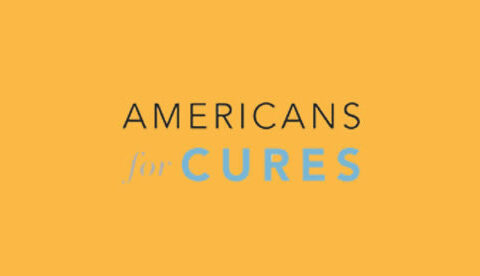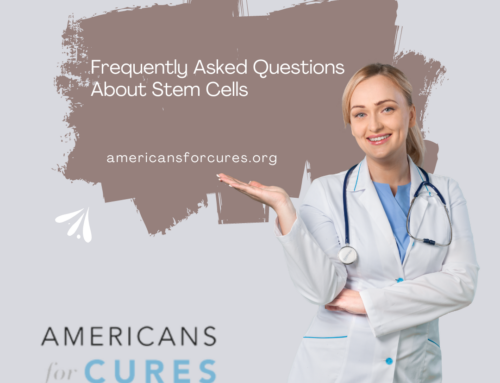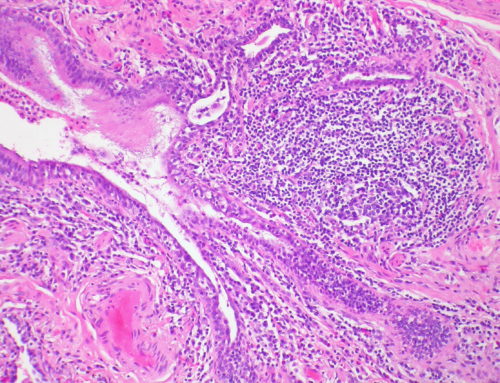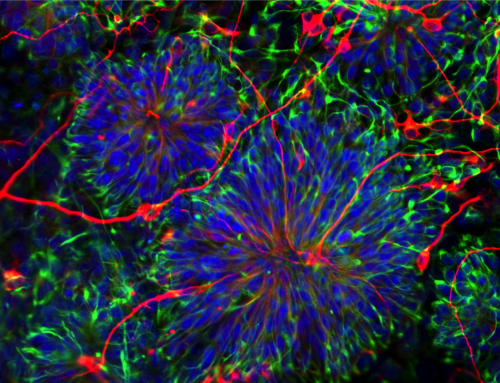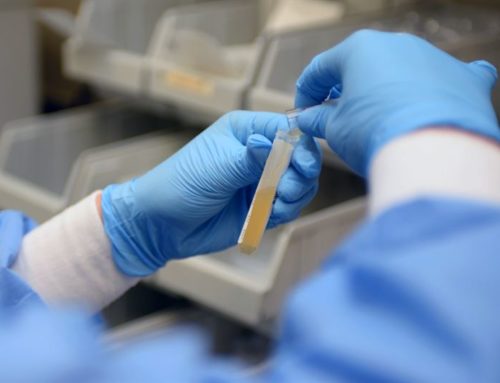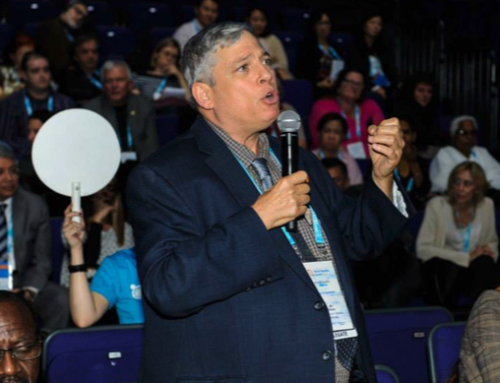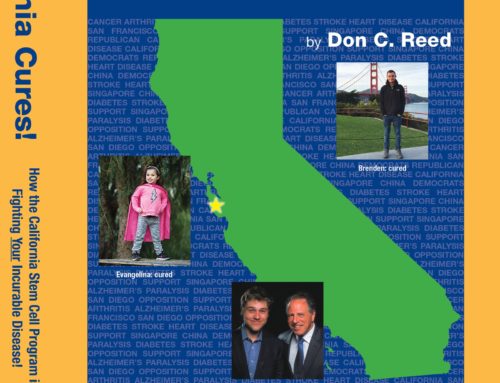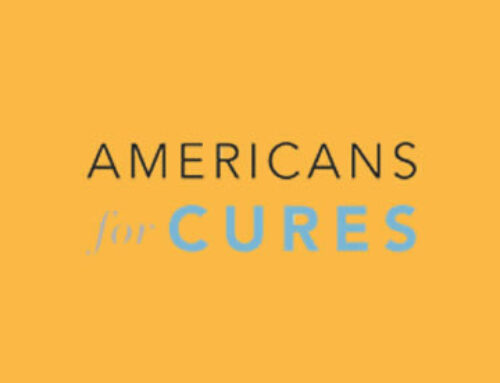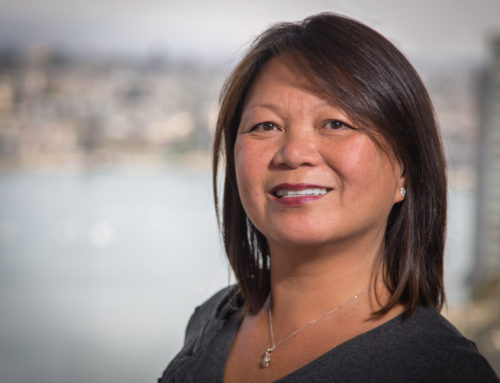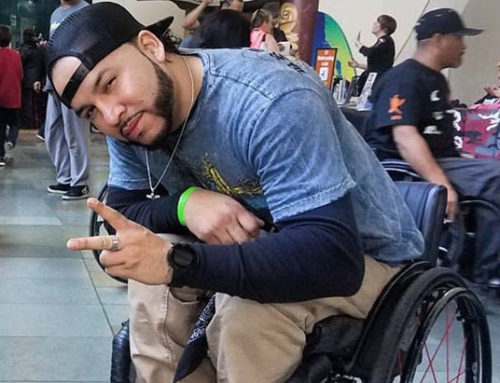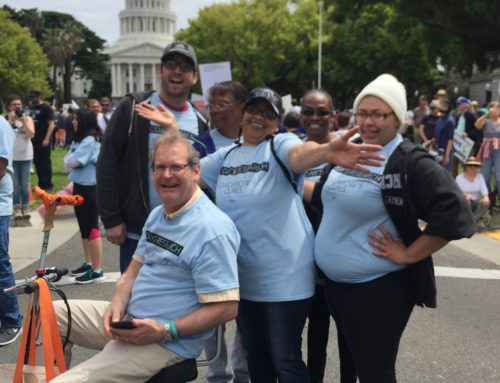In the middle of the night, I was wakened by a soft “pop” inside my head, like the bursting of a bubble wrap.
And the strangest thing — I could see the individual letters of the words of my thoughts, writing themselves.
Like:
I t-h-i-n-k s-o-m-e-t-h-i-n-g i-s w-r-o-n-g i-n-s-i-d-e m-y h-e-a-d…
I poked Gloria beside me, and she woke instantly, lightest sleeper in the world.
“What, what?” she said, and I told her what was happening. It sounded odd, like describing a dream.
“Are you feeling any pain?” she asked, and I said no.
“Then take an aspirin and go back to sleep,” she said, “If there was something wrong, it would probably hurt.”
And so I did.
In retrospect, the aspirin was good advice, probably helping to thin the blood and lessen brain damage, but I should have gone to the emergency room as well. Pain is not one of the symptoms.
I had just had a minor stroke.
Ever since, I have trouble with short-term memory loss. Nothing crippling, I can still do my job, and write (as I am doing now!) but there is a difference. (The visualization of letters only lasted for a couple days.)
If Gloria tells me three things to do, I will remember the last one she said, like, “…and take out the garbage”. The first two chores are often gone. And sometimes I have to struggle to get words for common items, like “hand me the… the… the…pencil!”
It is not a big deal. At 72 years, a certain amount of memory loss is to be expected.
But had I gone to the emergency room immediately, and been treated with what is called a “clot buster”, it is possible I could have skipped all damage.
Even so, I got off lightly, experiencing just the tip of a terrifying iceberg.
Stroke is the number one cause of disability on earth, the second highest cause of dementia, and the third highest cause of death. It can paralyze limbs, steal the ability to speak, damage the mind, or take a life.
The “Stroke Fact Sheet” from CIRM, the California Institute for Regenerative Medicine, says:
“In the U.S., 795,000 people have a stroke each year, and more than 140,000 die of their stroke…”
https://www.cirm.ca.gov/our-progress/disease-information/stroke-fact-sheet
Today, doctors can often save the life of a person who has a stroke, whereas formerly they died. This solves one problem but creates another. If a person dies of stroke, their suffering is over, and so is the expense of their care.
For those who survive, stroke today is a chronic (long-lasting or permanent) condition. Around the world, an estimated seventeen million people require long-term treatment, assistance in daily life, at great expense. Cost estimates run as high as $38 billion a year in America alone.
https://www.cdc.gov/stroke/facts.htm
How can you tell if you are having a stroke?
“F.A.S.T. — Face drooping, Arm weakness, Speech difficulties, Time to call 911!”
https://www.saebo.com/rising-cost-stroke-america/
While more common among the old, children are by no means immune. 34% of all strokes happen to folks under 65 years old. Sickle cell anemia is a frequent cause of stroke among teenagers. And once “stroked”, sufferers remain damaged for the rest of their lives.
But CIRM-funded scientists are working to find a cure.
People like Stanford’s Dr. Gary Steinberg, who completed an 18-patient human clinical trial.
Drilling a hole in the skull, he made a nickel-sized opening to the patient’s brain. Then he injected stem cells (mesenchymal, derived from bone marrow adult stem cells) which apparently secrete growth factors.
Within a few weeks, the stem cells disappeared. But their effects remained. For several patients, (not all) the results were spectacular.
The very next day, one patient could lift her arms, and legs. Her speech had returned to near normality. “It was like I had been asleep and was now waking”.
Not every result is so spectacular. But in almost every instance, even when the lowest dose amounts of stem cells were injected, there was at least some improvement.
Importantly, this benefited people with chronic (long-lasting or incurable) injuries. As the father of a paralyzed young man, I know about chronic. I want cures for people who have been affected by their condition for a long time, with injuries called chronic, (like my son Roman), not just the new injuries, the “acutes”.
For stroke, the window of opportunity is just hours. When I had my stroke, I did not know I only had about four hours to do something about it.
If I had gone in immediately, (and if my insurance covered it) something called a thrombolytic or “clot-buster” could have been injected into the big artery at the groin. This might have melted the blood clot that was interfering with my brain.
But the hours passed, the damage was done, and the window of opportunity closed.
Or maybe not.
Dr. Steinberg is attempting to heal people with chronic injuries, from six months to as long as five years after years after their stroke. And he is getting results.
“Since chronic stroke patients generally reach maximal recovery by six months, we previously thought the (stroke-affected nerves) were “dead” or irreversibly injured after that time. We now know that it is possible to resurrect these nerve circuits… in certain stroke patients, even years after the stroke.” — https://stroke.ahajournals.org/content/qa-dr-steinberg
What was it like to be a patient to receive such benefits?
“I just started crying”, (said stroke patient Sonia Coontz). When she tried to move her formerly paralyzed arm, “instead of moving it inches, she raised it over her head. She tried her leg, and discovered she was able to lift and hold it up. “I felt like everything (had been) dead: my arm, my leg, my brain…and…it just woke up.”
— “A Neurosurgeon’s Remarkable Plan to Treat Stroke Victims with Stem Cells”. Kara Platoni, Smithsonian Magazine, December 2017
The California stem cell research program (technically titled the California Institute for Regenerative Medicine, or CIRM for short) has only a limited source of funds, which is swiftly running out.
You have heard the old saying, “This is not brain surgery!”? Well, this is brain surgery: incredibly complicated and difficult.
But at the Stanford Stroke Center, (which he founded) Steinberg is working with champion stroke specialists like Greg Albers, Michael Marks, Neil Swartz, Maarten Lansberg, Heng Zhao, Marion S. Buckwalter, Paul George and Peter Tass — to develop a cure for stroke.
We do not want Dr. Steinberg’s research to be just promising steps forward — we want him and his colleagues to win outright, developing a reliable new standard of treatment — so when people have a stroke, there will be something they can do about it, no matter how old the injury.
And for that, they will need reliable funding.
That is why the California stem cell research must go forward.
Follow the fight! Visit my website, www.stemcellbattles.com, and sign up for my free newsletters.
Don C. Reed is the author of “CALIFORNIA CURES: How the California Stem Cell Program is Fighting Your Incurable Disease!”, World Scientific Publishing, Inc., June, 2018. Available from author’s website: (www.stemcellbattles.com) or directly from the publisher.



